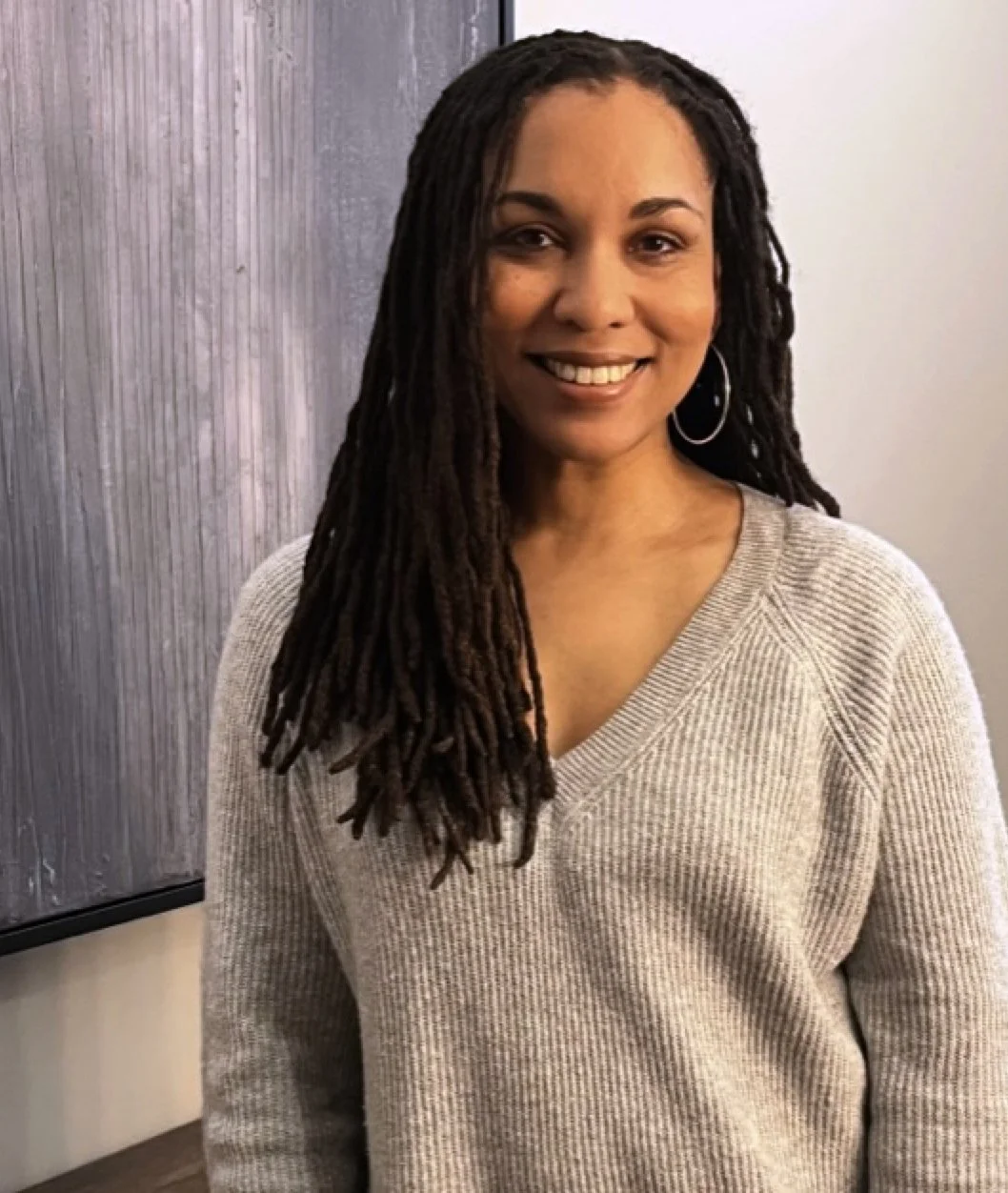Irene Hsiao, contributor to the Chicago Reader, talks to Interim Director of the Dance Presenting Series Meredith Sutton talks to the Chicago Reader about taking the Columbia College Chicago Dance Center into its 50th anniversary season.
On January 6, the dance department at Columbia College announced Meredith Sutton as the Interim Director of the Dance Presenting Series at its Dance Center. Sutton served as program manager for the Dance Presenting Series since February of the previous year. Before moving to Chicago, Sutton was associate professor of dance at the University of Southern Mississippi and taught at Tulane University and the University of Virginia. On March 11, she spoke with the Reader about the past and future of the Dance Center’s Presenting Series.
Irene Hsiao: What brought you to Chicago?
Meredith Sutton: I’ve been with the Dance Center for about a year and two months. This is my second coming to Chicago—initially we moved in 2016, right after [my] decision to transition from teaching in higher education in support of my family. My husband and I were at two different academic institutions because of our professional pursuits. In tandem with the birth of our son, who is almost seven years old now, I made the decision to come to Chicago. I was primarily a stay-at-home mom, but I taught dance history at Chi Arts for one year before our departure, again due to my husband’s work, which brought us back here in the summer of 2020, right in the middle of the pandemic.
Hsiao: That must have been a hard time to get here.
Sutton: It was a very interesting time. After sheltering in place, I happened upon this posting for a program manager position. My son was in kindergarten; it felt like the right time to prioritize what is of interest and a passion to me.
Hsiao: Does your position involve teaching?
Sutton: I have had the lovely opportunity to do some substitute teaching here and there, but this role is primarily administrative in terms of connecting artists with the community at the Dance Center and the larger Chicago dance community.
Hsiao: Can you tell me more about what’s been happening at the Dance Center?
Sutton: I know in tandem with my predecessor’s [Ellen Chenoweth] departure there was a sense of concern and urgency about what was happening. I found that to be interesting because of my intersection in the rich history of the Dance Center and coming in at that time . . . no, we’re still moving and shaking over here, everything’s all good! That type of response—concern, impact, and empathy—really speaks to how integral the functioning of the Dance Center as an idea and as an actual brick-and-mortar space that supports art is to the larger landscape of dance in the city—that’s important to recognize, feel, acknowledge. I came midway through the academic term in the Presenting Series season, so I really can’t speak from an experiential point of departure about what it meant to reopen the doors and to gather into the space right after live performance was acceptable again, but I can say that feeling is still quite viscerally felt and not taken for granted at all.
Hsiao: What’s next for you? What kind of changes do you want to bring to the Dance Center?
Sutton: The first is honoring the legacy of the Dance Center. Next year makes 50 for the Dance Presenting series, so we’re looking back to move forward, in ways that give nods to [founder] Shirley Mordine, those roots and seeds that were planted, those roots that began to burrow in the programming in the course of the 50th anniversary season. I think it is of utmost importance to communicate in the programming what those beautiful nuances are of the academic program, the multifaceted, pluralistic nature of what the students are studying—ballet and contemporary practices, improvisation, West African dance, those kinesthetic roots from the diaspora. It’s important for us to significantly highlight that in the 50th anniversary season. More to come there.
Hsiao: What’s your vision for what the Dance Center will evolve into?
Sutton: Again I think it’s honoring that legacy. It’s about how we are really partnering with artists, not simply—and I mean that without any negative connotation—presenting a work or having a limited engagement. How can we really partner with artists so those resonant effects are felt for days and weeks and years to come? How are we offering embodied experiences to those supporters, those patrons, those audience members in tandem with opening our doors to come and see dance and experience dance in that way? It’s about finding those visceral connections to dance and doing so in a really audacious way…
Continue reading the whole interview.

